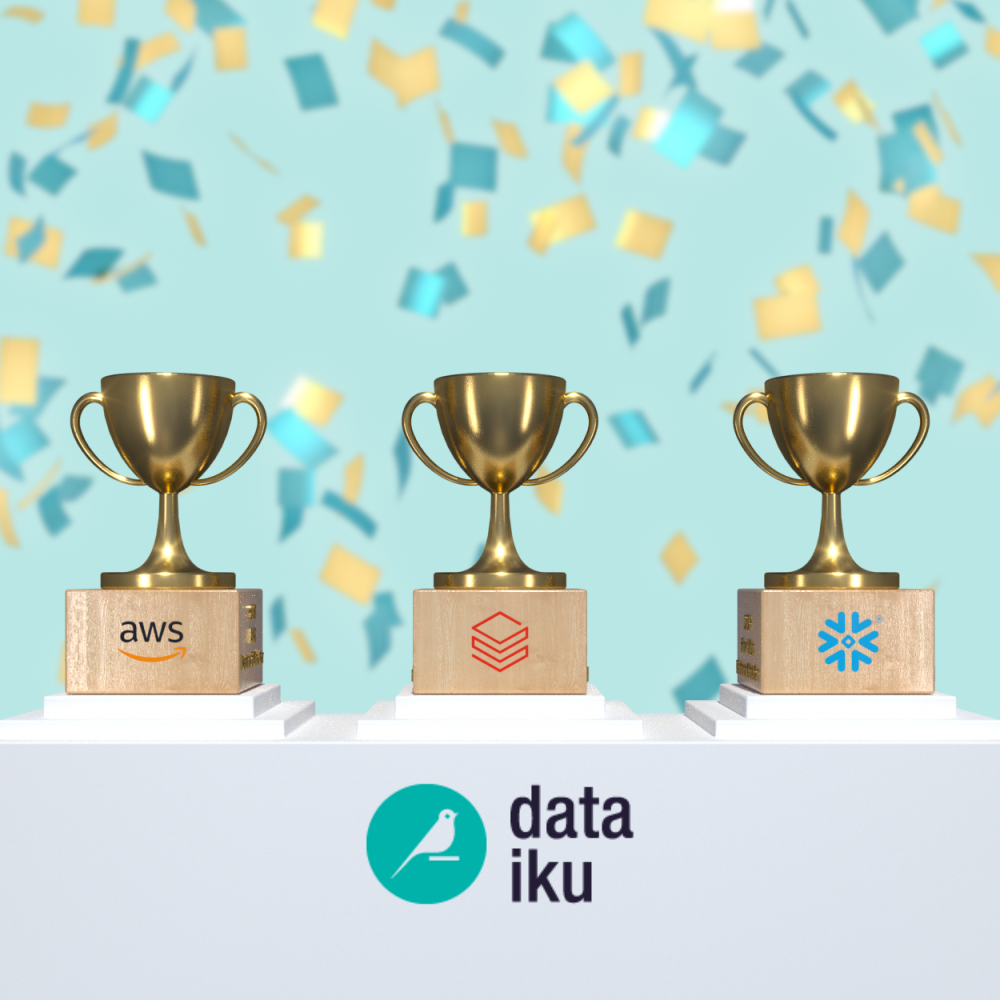The way we share data insights is outdated. Picture a quarterly meeting where the team is reviewing numbers. Someone presents a beautiful chart showing an interesting trend. A stakeholder asks, "How does this break down by region?" or “Where is this data coming from?” Suddenly, the meeting grinds to a halt. The presenter makes a note to follow up later. The momentum is lost.
This scenario plays out in conference rooms (and Zoom calls) every day. We've accepted it as normal, but should we? In an era where we can instantly answer almost any question with a quick search, why do we still rely on static presentations that can't adapt to the natural flow of business conversations?
The Hidden Cost of Static Data Presentations
The problem goes deeper than just interrupted meetings. When insights are trapped in static slides, we create:
- Knowledge bottlenecks where every new question requires a new analysis
- Trust issues as people question whether they're looking at the latest data
- Missed opportunities when decisions are delayed waiting for updates
- Inefficient cycles of exporting, formatting, and reformatting the same information
But perhaps most importantly, we limit curiosity. Every unanswered question in a presentation is a potential insight lost. Every "I'll get back to you" is a moment where someone's analytical instinct — their desire to understand deeper — hits a wall.
Rethinking Data Storytelling
What if we approached data storytelling differently? Instead of creating static snapshots, what if our presentations were living windows into our data? Imagine if:
- Every chart was a starting point for exploration, not an endpoint
- Updates happened automatically, ensuring everyone works with current information
- The source of every number was just a click away
This shift would transform the nature of data presentations. Rather than having one person broadcast insights to a passive audience, teams would collaborate directly with the data. Every participant would become an active explorer, turning static meetings into dynamic sessions of discovery.
The real power of this shift isn't just about faster answers — it's about enabling better questions. When people know they can explore data easily, they're more likely to ask deeper questions and follow their analytical instincts. This creates a virtuous cycle where better questions lead to better insights, which lead to better decisions.
This shift is possible today thanks to Dataiku Stories, which lets you create dynamic data presentations that are always up to date.
How It Works in Practice
Trust Through Transparency
Instead of wondering if you're looking at the latest numbers, every chart in Dataiku Stories links directly to your governed data sources. When the underlying data updates, your presentations update automatically. More importantly, you can trace any insight back to its source, understanding exactly where the numbers came from and how they were calculated.
Follow Your Curiosity
No more screenshots trapped in static slides. Stories lets you embed live, interactive charts directly in your presentations, so you can follow the natural flow of business discussions. When someone asks about regional trends or segment-level detail, you can drill down instantly, filter on the fly, and explore the data together — transforming routine updates into collaborative sessions of discovery.
Build Once, Update Never
The constant cycle of updating presentations is staggering. In a recent Dataiku survey, 99% of data leaders said their teams refresh presentations at least quarterly, with 33% updating weekly. Dataiku Stories breaks this cycle. By connecting directly to your data pipelines, your presentations stay current automatically. This doesn't just eliminate manual updates — it ensures everyone in your organization is always working with the latest information.
The Future of Data Storytelling
As organizations become more data-driven, the way we share insights must evolve. Static data presentations served their purpose, but there is now a better way. The pace of the market today demands more dynamic, interactive approaches to understanding data.
The tools exist. The capability is here. The only question is: Are you ready to move beyond static stories and accelerate your team’s decision-making?




